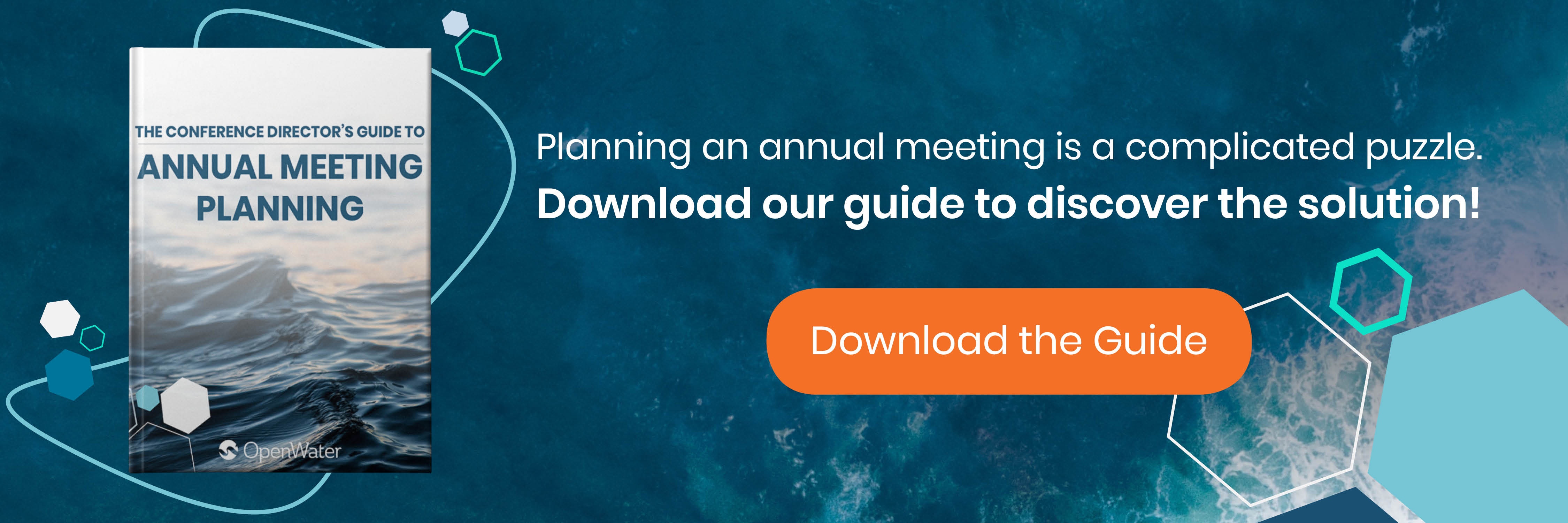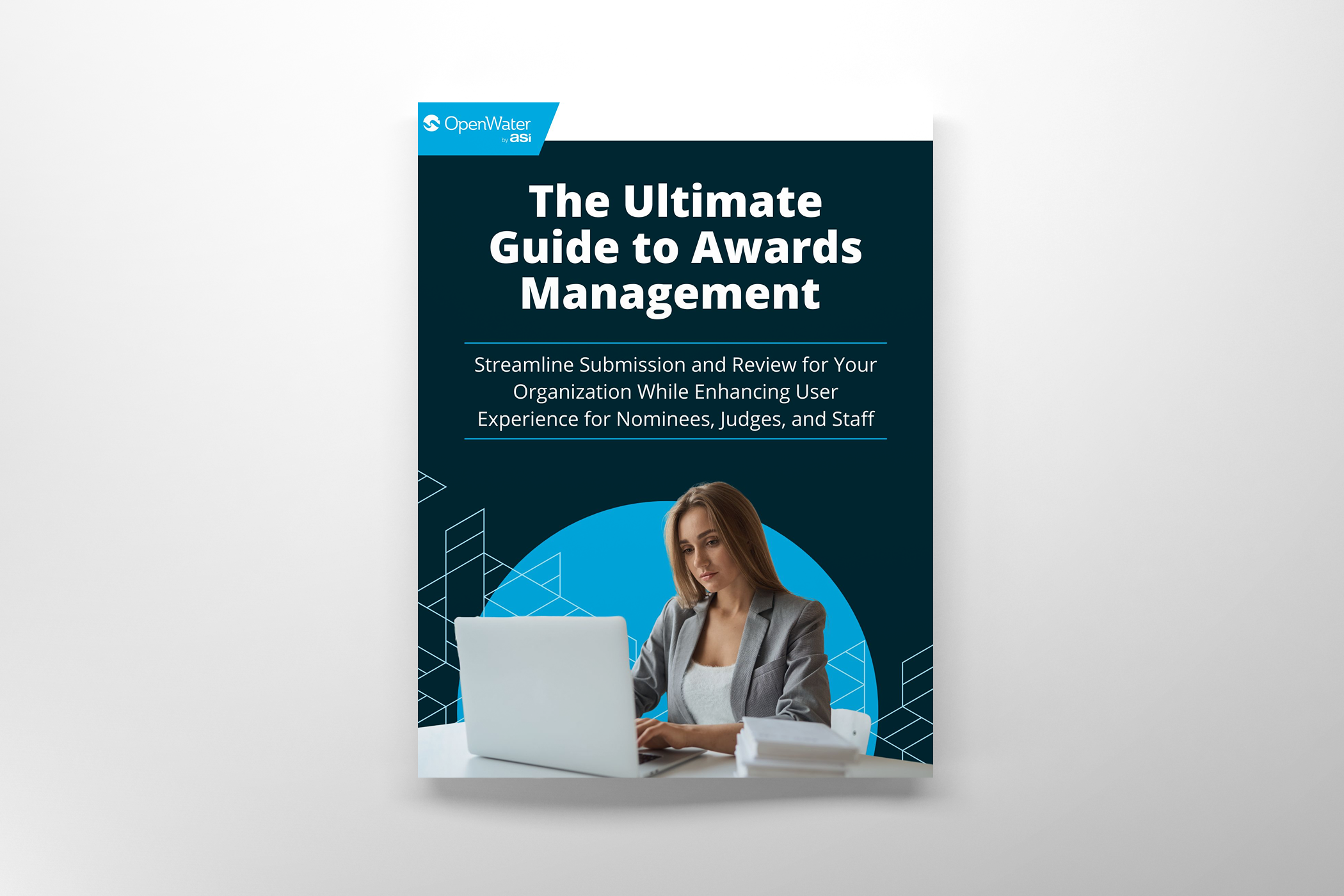
Planning an Annual Meeting? Here are 5 Benefits of an AMS Integration
An Association Management System (AMS) is the cornerstone of many successful organizations, associations, and nonprofits that need to keep track of a member list or user database. You could say it’s like the keep resting at the center of your castle. But when it comes down to it, an AMS is ultimately just a database.
While a crucial tool, AMS software can’t single-handedly manage everything that goes into the annual meeting planning process. Instead, it’s typical for a suite of other platforms or technologies to take on a portion of the tasks, such as the:
- Collection of registration or submission fees
- Gathering of abstracts
- The abstract review process
- Session building
- Schedule creation
- Communication with attendees, reviewers, and presenters
As the list of systems goes on, it becomes less of a castle and more of a kingdom, making it difficult for a traditional, barebone AMS to keep up. Thankfully, this is where AMS integrations come in. The same way the Roman highway system interconnected an empire, AMS software integrations can interconnect your castle with the other systems in your software kingdom.
Here are five ways AMS integrations can change the meeting planning game:
- Stop Juggling Multiple Systems
The more systems you need to access, manage, and update in your annual meeting planning process, the more training and onboarding it will take to prepare your staff. The best approach is to select a platform that combines the most functions for conference management tasks with integrations that link it up to the data or features it needs to access in your AMS (or elsewhere).
- Prevent Lost Data
An abyss of spreadsheets or mixed and matched systems is like a rats nest built out of shreds of contact lists. When all of your data ends up in one place—regardless of the entry point—it’s easier to keep contact info (or other valuable data) from falling through the cracks. Keep the AMS at the center of your data collection and storage process, and then use AMS integrations to feed that unified data out to other systems when and where they need it.
- Eliminate Redundancies
Duplicating your efforts hurts the organization on three fronts. First, it takes twice (or more) the time and effort to re-enter data. Second, oversights in the data-logging process can create problematic inconsistencies or gaps. Third, you can end up with redundant copies of data whenever you try to assemble a mix of information from more than one system.
Bi-directional synchronizations with a well-integrated AMS can ensure that any time the AMS or the connected system is updated, it happens on both sides and all of the data matches. This way, you’ll only need to access the AMS software for a complete and current look at your info.
- Simplify Sign-On
Passwords and multiple logins can become their own rats’ nest as you tack on additional systems to your process. AMS integrations are at their best when they have a single sign-on functionality so you can use familiar AMS credentials to access any system.
You don’t always want to limit access to members in your AMS. Our abstract management software, OpenWater, also has optional support for non-member account access. We built in a toggle setting so you can choose to enable guest access on a workflow-by-workflow basis.
- Increase Time Efficiency
AMS integrations are a simple solution to time-intensive data entry and record searching. A thorough integration could allow for information pre-population in another system (such as reviewer lists), cross-system person lookups, and the ability to push back user activities, participation, notes, or status updates from other systems directly into your AMS. Automated transfers like these will save hours of manual record keeping and cross-referencing.
Taken altogether, these five benefits can make your AMS feel like a part of every system you’ll use while planning an annual meeting.

